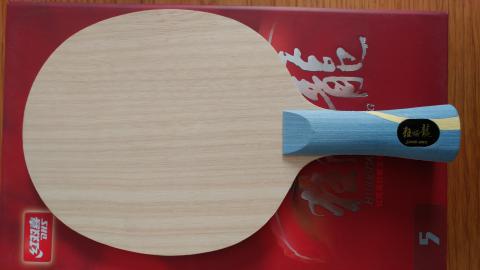Minimising placement options with the serve is only ever going to be a statistical thing.
If your opponent is determined enough, they are always going to be able to place it anywhere on the receive, barring not having certain angles to work with. Eg if you serve to their backhand corner (assuming both right handed), the furthest they can hit to your forehand side is down the line.
Predicting placement of returns is mostly a combination of knowing what can't be done (certain angles are not possible, they probably can't return a long serve short), and banking on your opponent going for the safer return. Eg. Flicks against under spin usually go cross court to give them more table length to work with, pushes against sidespin often go against direction of spin to avoid pushing off side of table. If they are determined enough, they can choose not to do these, so sometimes you will get burned, but it is also riskier for them, predicting return placement is really just a statistical game, you are hoping to get more advantage out of it than you will lose from being suprised.
As for forehand loop placement on return, there's no way to predict where they will go. People should not be commonly forehand looping a serve, because you should not be predictably serving long to their forehand. If you serve this way, and your opponent is not caught off guard, being loop killed is the risk you accept. The only exception is the half long serve that only just clears the table, these slower spinny loops go cross court more often than not, again, due to more table length to work with.












